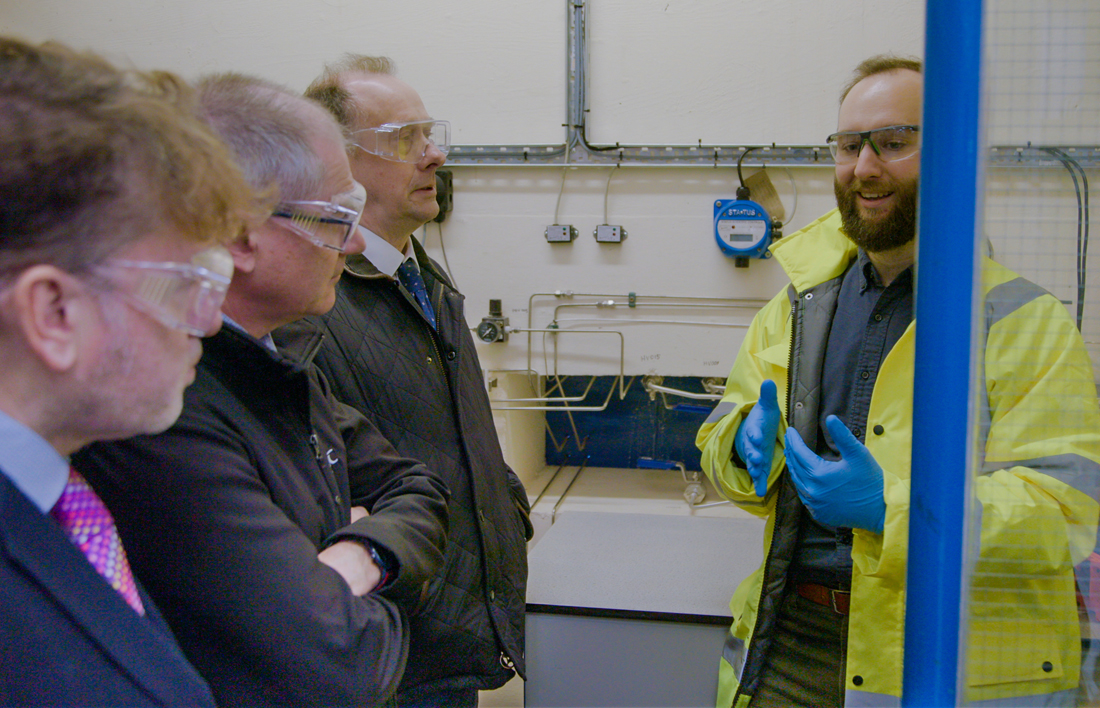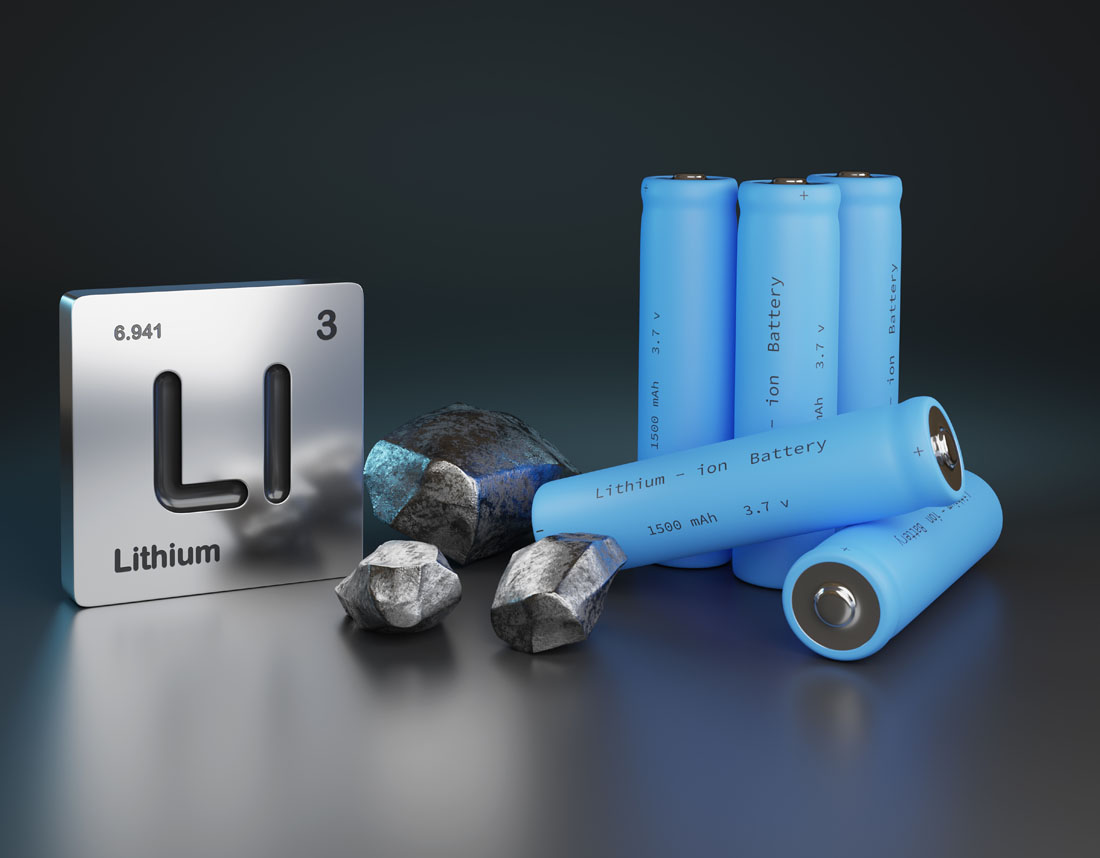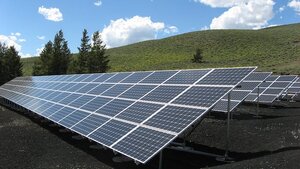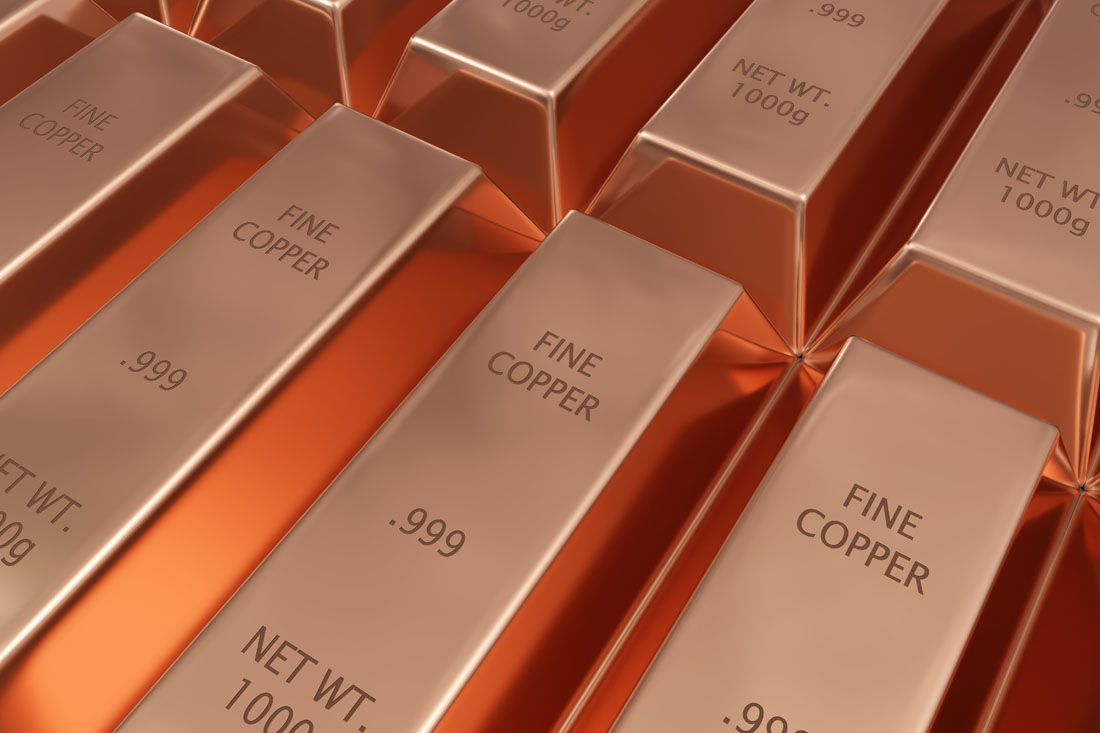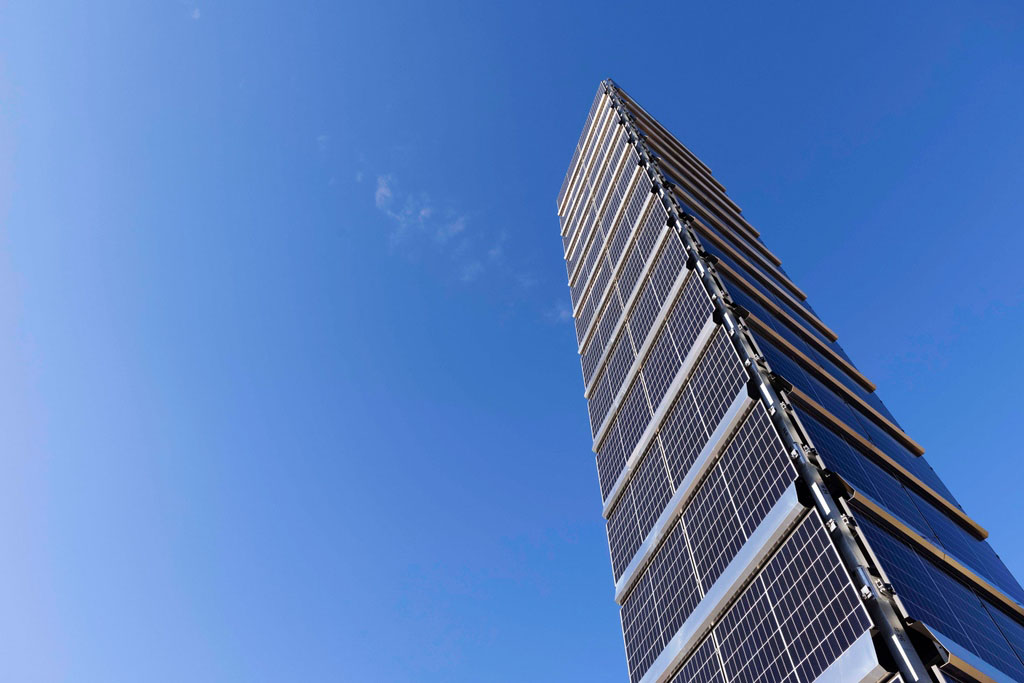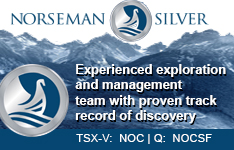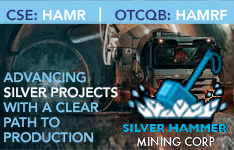Battery storage will play a "pivotal" role in reducing carbon footprints globally, according to Energy5. "As the demand for clean energy continues to rise, it is crucial to invest in research, development, and implementation of battery storage technologies," the company wrote. "Embracing such innovative solutions will not only help combat climate change but also create a more resilient and sustainable energy infrastructure for generations to come."
According to an article in The Economist, "Lithium-ion (Li-ion) batteries have downsides. Lithium is scarce, for one. And the best Li-ion batteries, those with layered-oxide cathodes, also require cobalt and nickel.
While electric vehicles (EVs) have no tailpipe emissions, emissions are created during the production and distribution of the vehicle's electricity.
The EPA has an emissions calculator you can use to estimate specific emissions for an EV in your region.
"To realize the universal goal of net-zero emissions by 2050, the world is keenly looking at advancements in battery technology," wrote Jijo Malayil for Interesting Engineering.
The need for lithium is expected to more than triple by 2030 to meet the demand for electrification. However, lithium may not be the answer to these problems.
Sodium Batteries Taking Charge
While lithium has been spoken about plenty surrounding powering electric vehicles (EVs) in the battle to stop climate change, another humbler element may also be on the table: Salt.
Sodium batteries have some advantages over lithium batteries. Lithium batteries can catch fire when damaged or improperly used. They also function best when not fully charged or discharged.
According to an article in The Economist, "Lithium-ion (Li-ion) batteries have downsides. Lithium is scarce, for one. And the best Li-ion batteries, those with layered-oxide cathodes, also require cobalt and nickel. These metals are scarce, too — and cobalt is also problematic because a lot of it is mined in the Democratic Republic of Congo, where working conditions leave much to be desired."
And BloombergNEF has predicted sodium-ion batteries could displace about 7% of the lithium market by 2035.
Because of lower costs and better availability, sodium batteries are perfect for large-scale applications, like storing solar energy for industry or even for your home.
According to Mordor Intelligence, the sodium-ion battery market is expected to register a compound annual growth rate (CAGR) of 14.68% from US$244 million in 2020 to US$609 million in 2027.
"Stationary energy storage is expected to dominate the market during the forecast period, and it is expected to be a significant application of sodium-ion batteries," Mordor said in its report. "The amount of energy generated by renewable sources, such as solar and wind, is increasing, and energy stores are essential to ensure the continuity of energy supply."'
And BloombergNEF has predicted sodium-ion batteries could displace about 7% of the lithium market by 2035.
BioLargo Inc.
Some juniors and junior explorers are paying attention to this emerging sector and taking advantage of the benefits of this alternative battery material, like BioLargo Inc. (BLGO:OTCQB).
And Biolargo doesn't just understand the importance of entering this sector, but how imperative it is for countries in the West to get involved in the battery space.
Western countries are also trying to shift dependence away from South America and China for such battery metals. China has less than a quarter of the world's lithium resources but controls about two-thirds of the world's lithium processing and refining capacity, Rystad Energy reported.
"You need a solution that gets away from all of those performance (issues) and is a cost-effective, safe domestic supply," said Dennis Calvert, president and chief executive officer of BioLargo Inc. (BLGO:OTCQB).
It's another company moving forward in this space, after acquiring similar sodium-sulfur battery technology this year, which it sees as an economic solution to the problems with lithium.
"You can never use 100% of (a lithium battery's) storage capacity," BioLargo President and Chief Executive Officer Dennis Calvert told Streetwise Reports. "And if you do, it degrades faster, which means less useful life. So, your total cost of operation is high."
Sodium-sulfur batteries offer four times the energy capacity and are less toxic, making them easier to recycle and more economical to produce, according to Interesting Engineering.
"When the sun isn't shining, and the breeze isn't blowing, we need high-quality (energy) storage solutions that don't cost the Earth and are easily accessible on a local or regional level," said researcher Dr. Shenlong Zhao of the University of Sydney.
"We challenged them to take on some of the biggest engineering challenges of our time," Calvert said of his engineers.
"We wanted to use less chemistry and electricity. Use less chemistry, less electricity, more efficiency, and more reuse. We would let nature work for us," he said.
Calvert said he pushes himself and his engineers because "We challenged them to take on some of the biggest engineering challenges of our time," Calvert said of his engineers.
"We wanted to use less chemistry and electricity. Use less chemistry, less electricity, more efficiency, and more reuse. We would let nature work for us," he said.
The company said its long-duration energy storage (LDES) battery technology is safer, lasts longer, and is more energy dense and efficient than other storage mediums, the company said. The units are made in the U.S. with no rare earth metals.
But most of all, it's been through eight years of research and has a commercial-ready design, the company said.
Ownership and Share Structure
About 14.6% of BioLargo is owned by insiders and management, according to Yahoo Finance. They include Chief Science Officer Kenneth Code with 8.67%, CEO Calvert with 3.41%, and Director Jack Strommen with 1.5%, Reuters reported.
About 0.04% is held by the institution First American Trust, Reuters said.
The rest, about 85%, is retail.
Its market cap is US$48.25 million, with about 288 million shares outstanding and about 247 million free-floating. It trades in a 52-week range of US$0.256 and US$0.15.
Want to be the first to know about interesting Battery Metals investment ideas? Sign up to receive the FREE Streetwise Reports' newsletter.
Subscribe
Important Disclosures:
- BioLargo Inc. is a billboard sponsor of Streetwise Reports and pays SWR a monthly sponsorship fee between US$4,000 and US$5,000.
- Steve Sobek wrote this article for Streetwise Reports LLC and provides services to Streetwise Reports as an employee.
- The article does not constitute investment advice. Each reader is encouraged to consult with his or her individual financial professional. By opening this page, each reader accepts and agrees to Streetwise Reports' terms of use and full legal disclaimer. This article is not a solicitation for investment. Streetwise Reports does not render general or specific investment advice and the information on Streetwise Reports should not be considered a recommendation to buy or sell any security. Streetwise Reports does not endorse or recommend the business, products, services or securities of any company mentioned on Streetwise Reports.
For additional disclosures, please click Canada, China, Canda.


